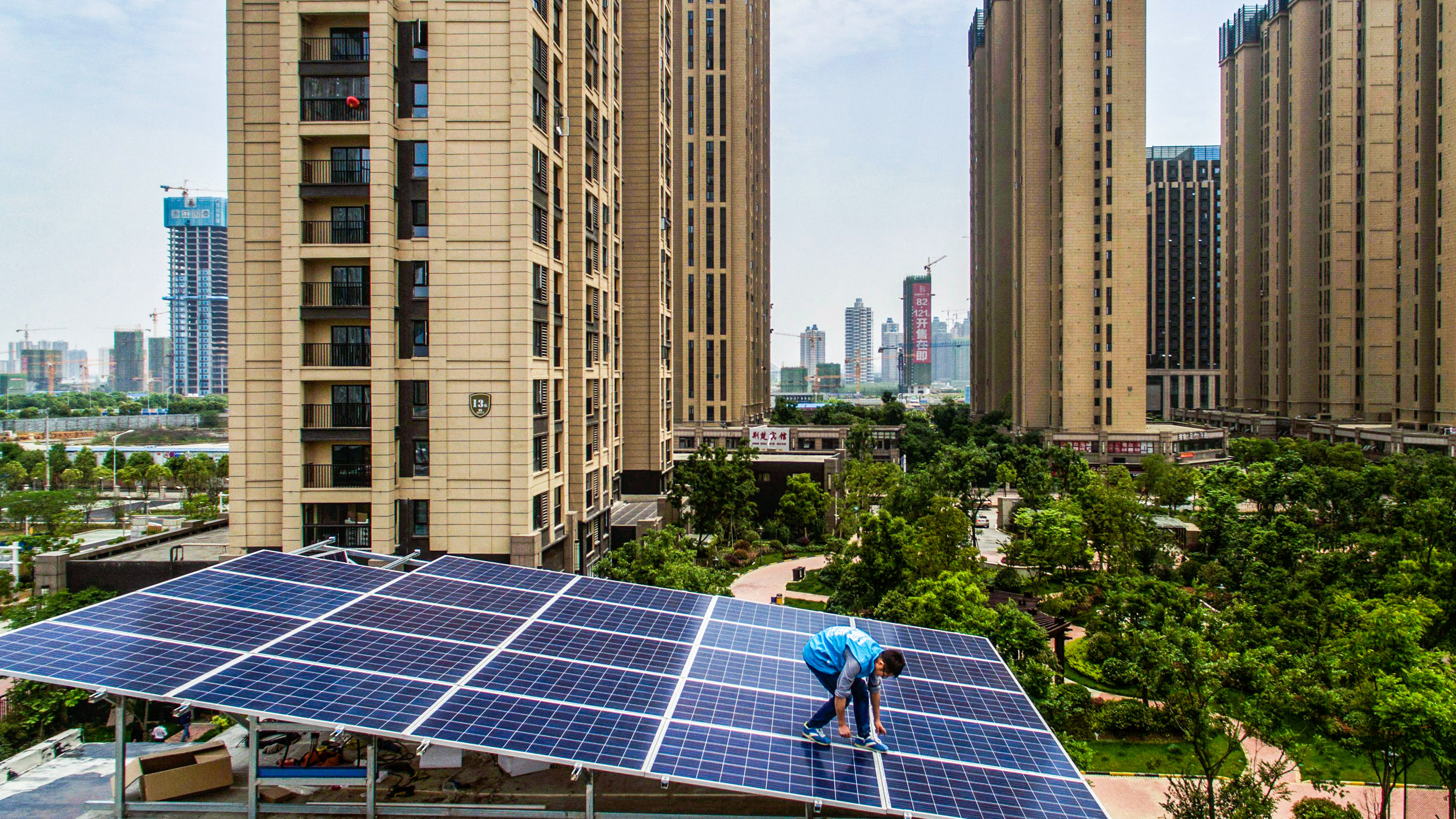These three charts show who is most to blame for climate change
Getting to the bottom of which countries have contributed most to climate change is complicated, but a few pieces of data can help.

This article was updated on November 21, 2022 after delegates at COP27 reached an agreement on financing for climate loss and damages.
Nearly two days after talks were scheduled to end, leaders at the annual UN climate conference finally reached an agreement that includes a historic climate finance deal.
Delegates at COP27 agreed to establish a loss and damage fund, where richer countries will help vulnerable countries pay for climate damages. Details about the fund’s size and how it will work are still unclear, but many hail the deal as a historic step in climate equity.
At the heart of the ongoing discussions about climate loss and damage is a question: who is responsible for climate change? The issue is complicated, but a few pieces of data about current and past emissions can begin to answer it.
Greenhouse-gas emissions reached their highest-ever level in 2021, with global carbon dioxide emissions from fossil fuels topping 36 billion metric tons. China is currently the highest emitter, followed by the US. Combined emissions from the European Union are the next largest, with India and Russia following.
Data on current emissions doesn’t tell the whole story on climate responsibility, though. “Countries are massively unequal in terms of the extent to which they’ve caused climate change,” says Taryn Fransen, a senior fellow in the global climate program at the World Resources Institute, a research nonprofit.
Climate change is the result of the total concentration of greenhouse gases in the atmosphere. And carbon dioxide, the primary greenhouse gas driving climate change, stays in the atmosphere for hundreds of years.
So researchers also look at historical emissions: the sum of a country’s contributions over time. The US is by far the largest historical emitter, responsible for over 20% of all emissions, and the EU is close behind. China falls to third when climate pollution is tallied this way, with about half the US’s total contribution.
The US and EU’s long history with fossil fuels is what puts those regions at the heart of discussions about loss and damages, especially because burning fossil fuels helped them grow. “Economies that have been strong for many years tend to be strong because they benefited from those early greenhouse-gas emissions,” Fransen says. It’s clear that the richest countries in the world had, and continue to have, an outsize climate impact, she says.
Future responsibility
Total emissions can help inform decisions about who should pay what for climate damages. But addressing climate pollution in developing nations where emissions are rising fast even though they have ben low historically will also be key to slowing global warming. “We cannot solve climate change without China and India and every other major emitter dramatically reducing their emissions,” Fransen says. Some nations might need more time to reach net-zero emissions, but they’ll eventually need to get there to meet global climate goals.
It’s also important to consider per capita emissions, Fransen says. For example, it’s clear that India, while one of the world’s top emitters, is still responsible for far less per person than other emissions leaders.
In a globalized world, assigning blame to individual countries for climate change isn’t always straightforward. International transportation, for example, isn’t typically included in any one country’s emissions total.
This issue also arises for manufacturing hubs like China, says Robbie Andrew, a senior researcher at the Center for International Climate Research in Norway. Under international definitions, countries are generally assigned responsibility for emissions within their borders, even if they’re making products that will get used elsewhere, Andrew says.
Understanding where emissions are coming from, and how that’s changed over time, can give us a clearer picture of how to cut emissions and deal with the effects of climate change. But any one piece of data will likely fall short of representing the urgent, messy reality of the task ahead. Put simply, Andrew says, “there’s no easy answer.”
Notes on data methodology:
- Emissions data is from the Global Carbon Project, which estimates carbon emissions based on energy use.
- Data from the European Union is the sum of its current 27 member states. The bloc is represented together because the EU generally negotiates together on the international stage.
- This comparison takes into account emissions from energy and some industrial activity like cement production but doesn't include land use emissions from agriculture and forestry, which can be a significant contributor but is more difficult to estimate.
Deep Dive
Climate change and energy
The problem with plug-in hybrids? Their drivers.
Plug-in hybrids are often sold as a transition to EVs, but new data from Europe shows we’re still underestimating the emissions they produce.
Harvard has halted its long-planned atmospheric geoengineering experiment
The decision follows years of controversy and the departure of one of the program’s key researchers.
Why hydrogen is losing the race to power cleaner cars
Batteries are dominating zero-emissions vehicles, and the fuel has better uses elsewhere.
Decarbonizing production of energy is a quick win
Clean technologies, including carbon management platforms, enable the global energy industry to play a crucial role in the transition to net zero.
Stay connected
Get the latest updates from
MIT Technology Review
Discover special offers, top stories, upcoming events, and more.